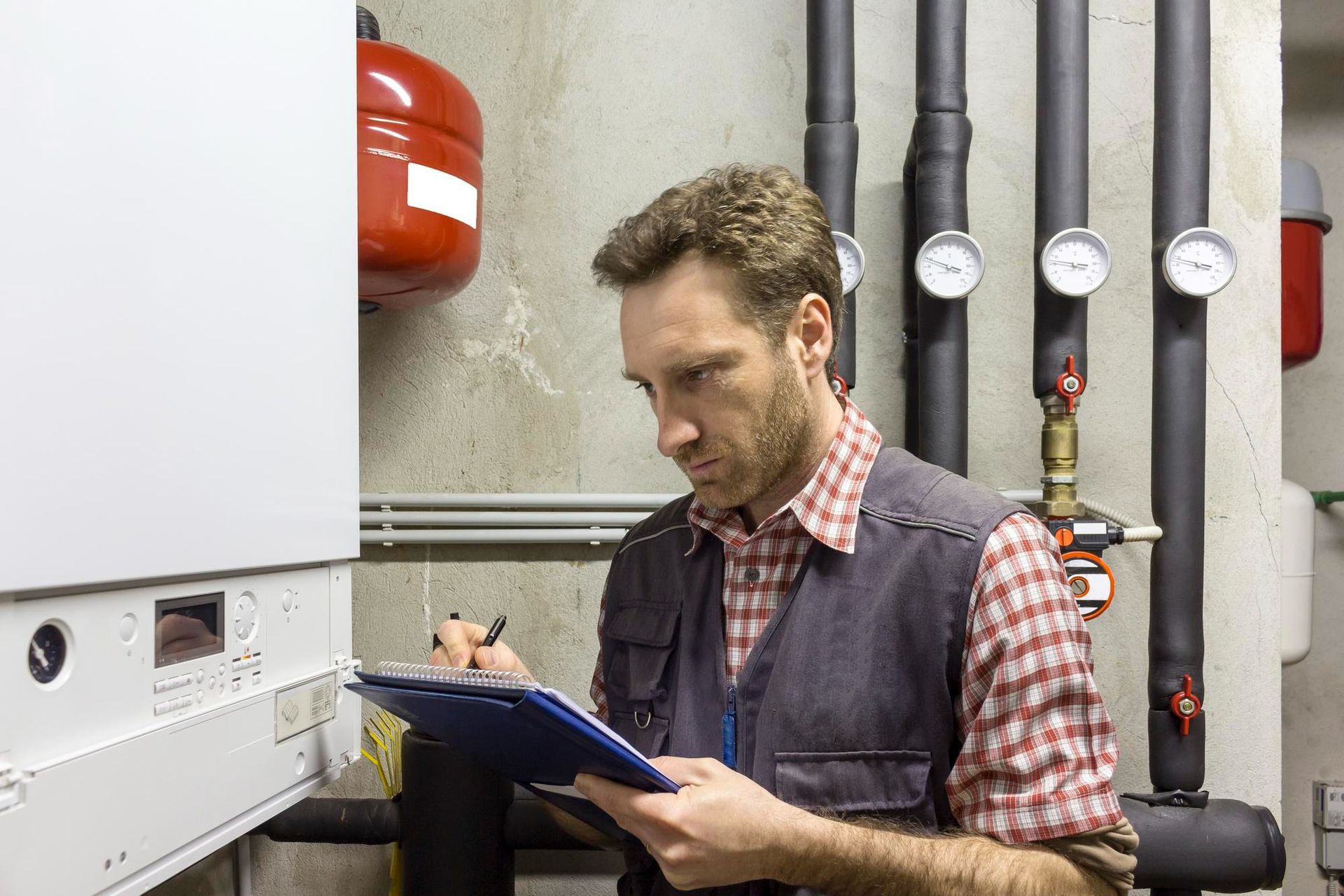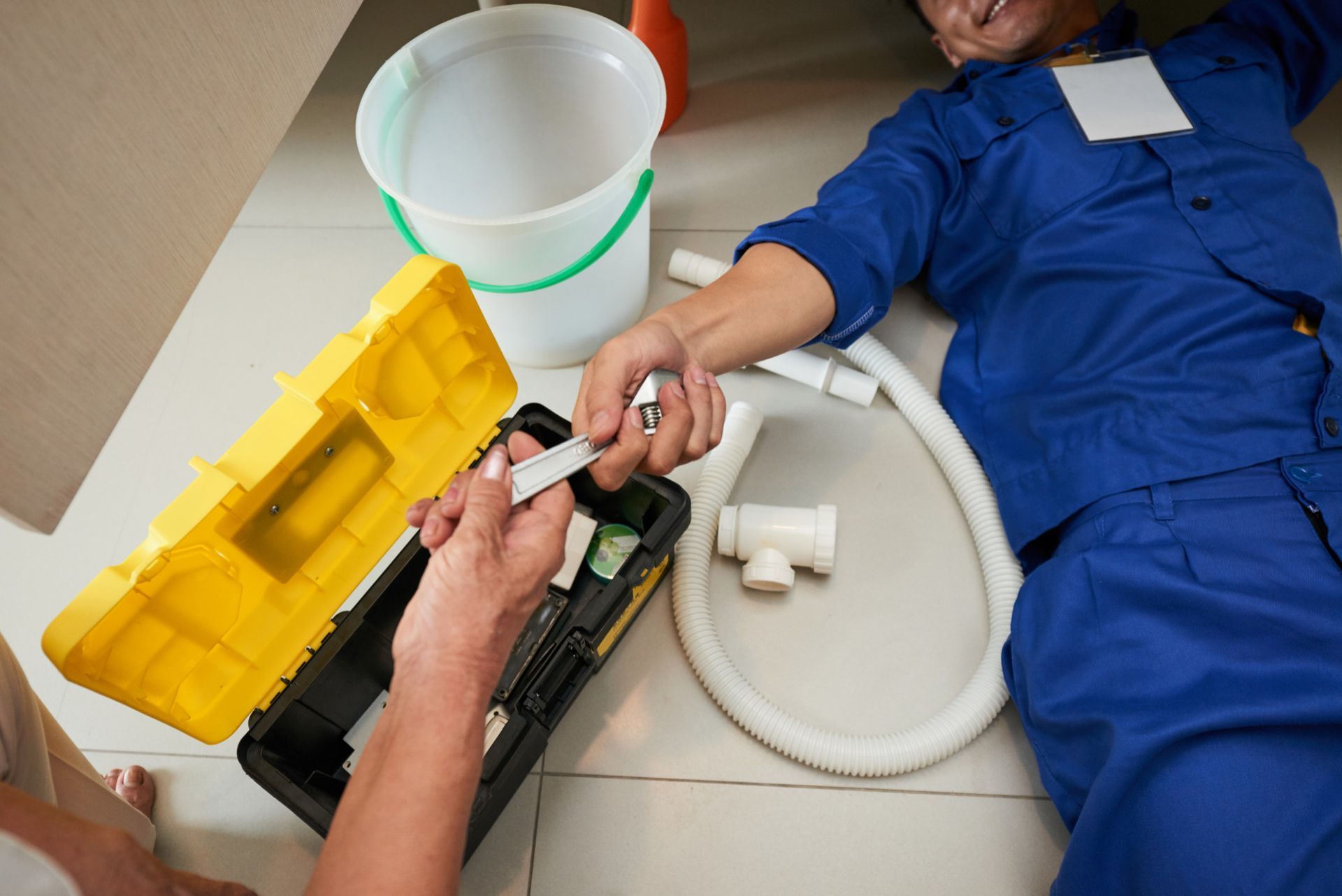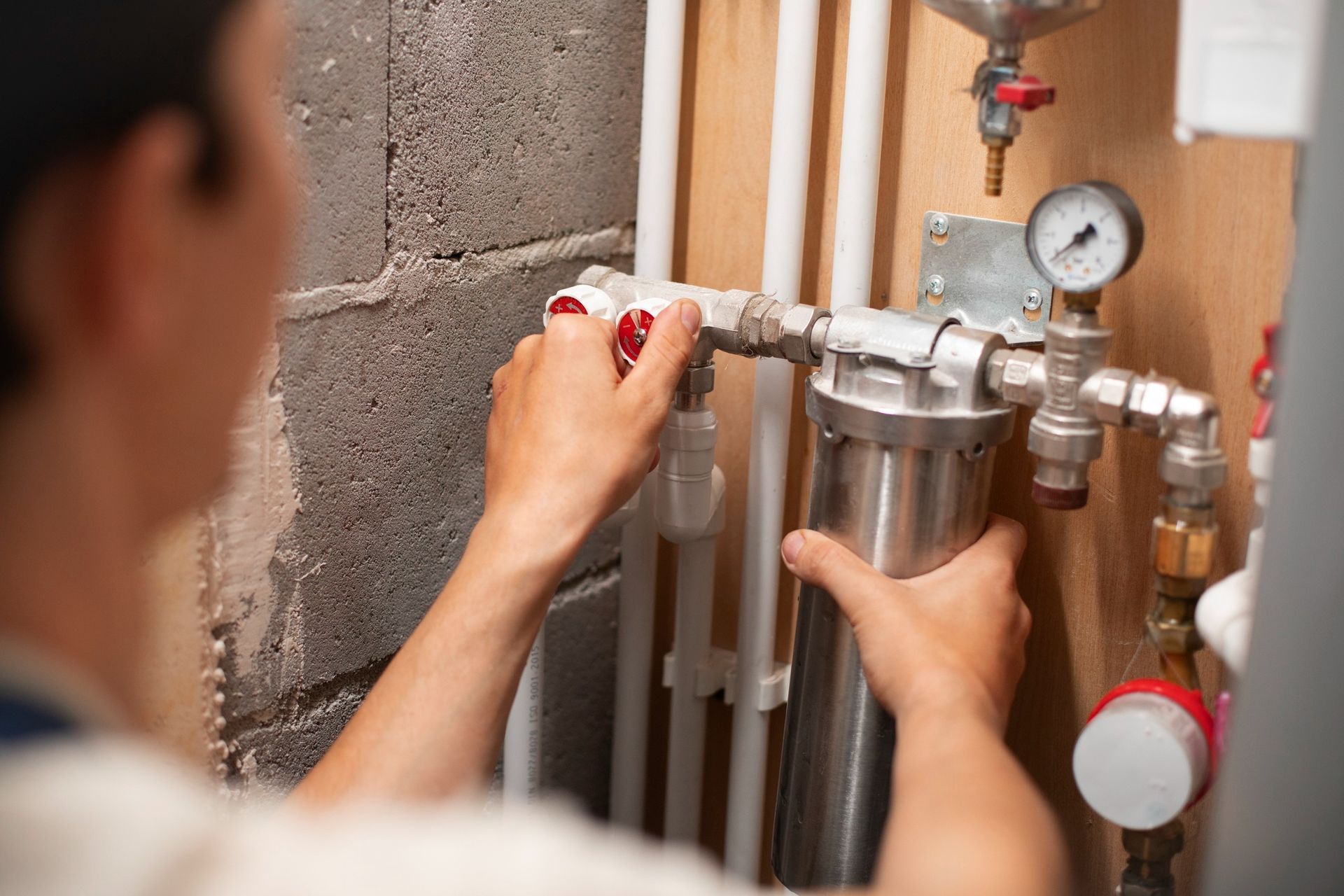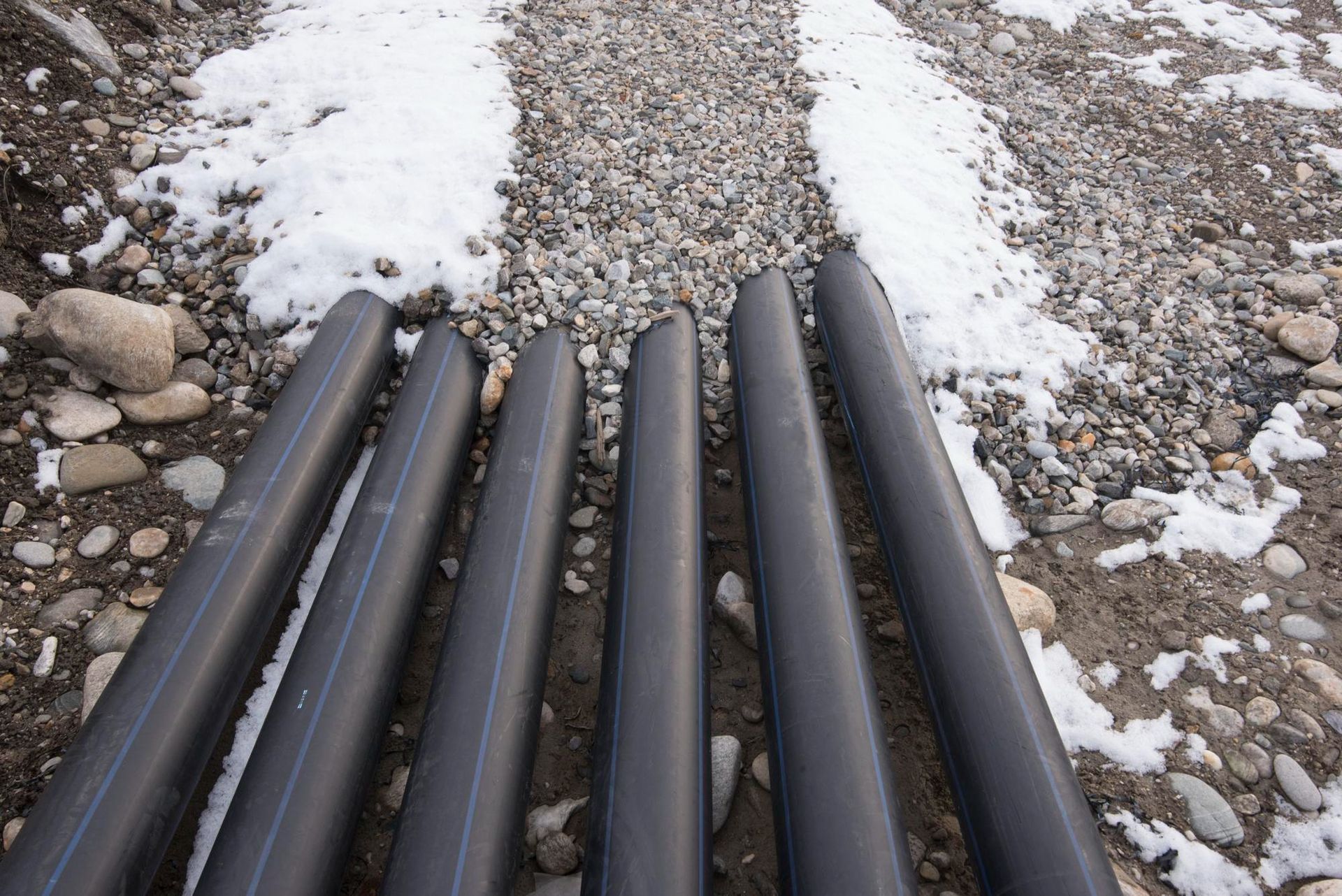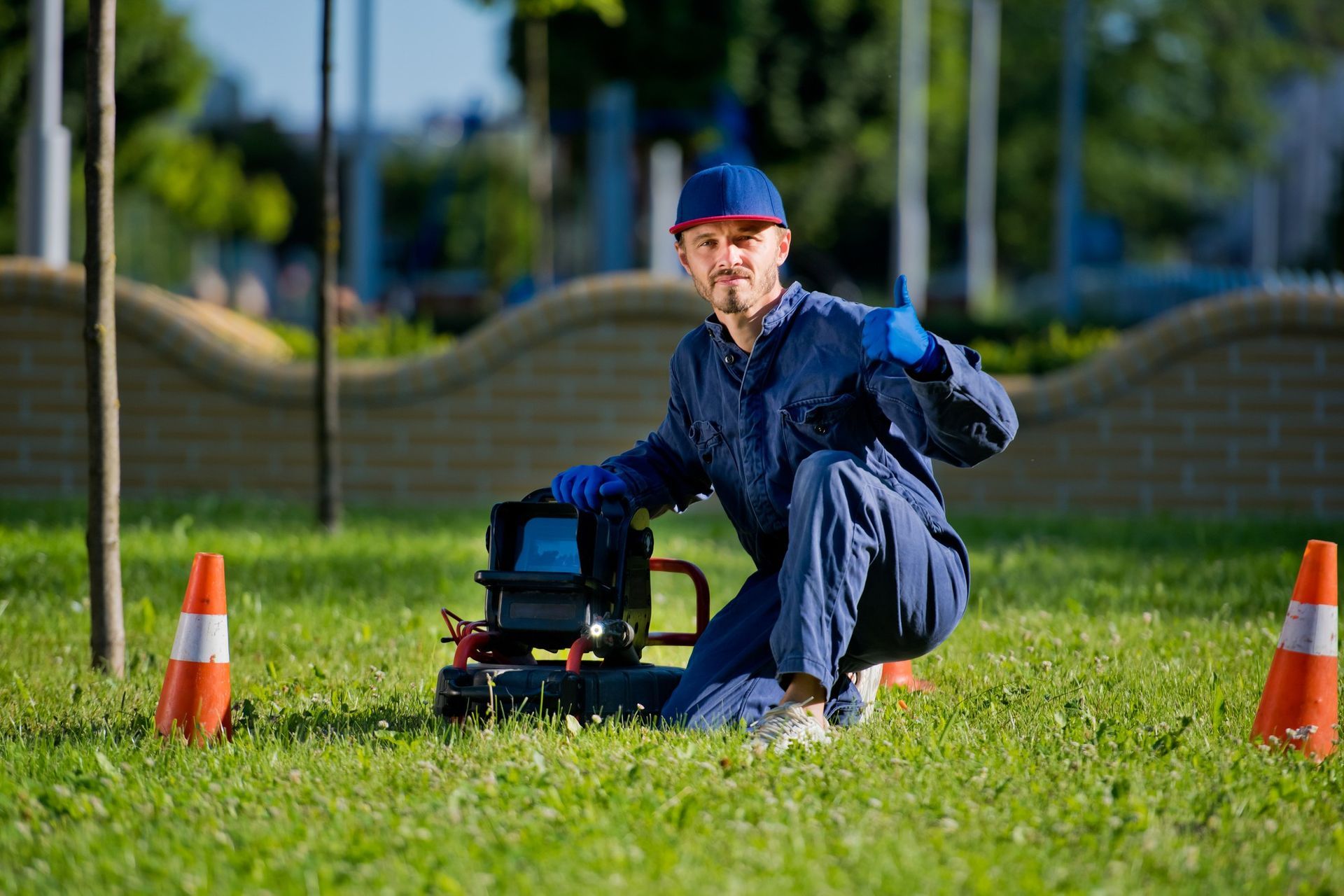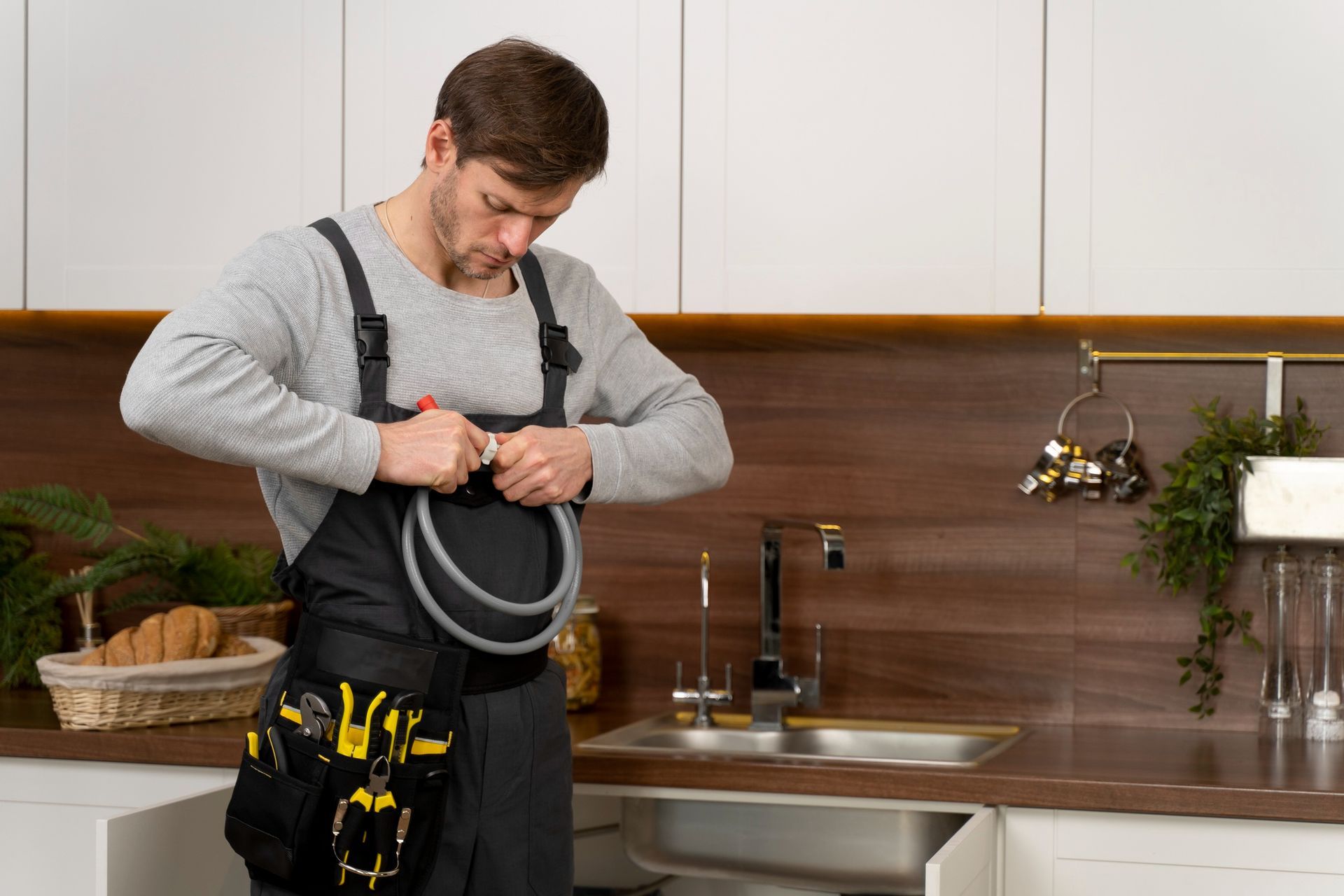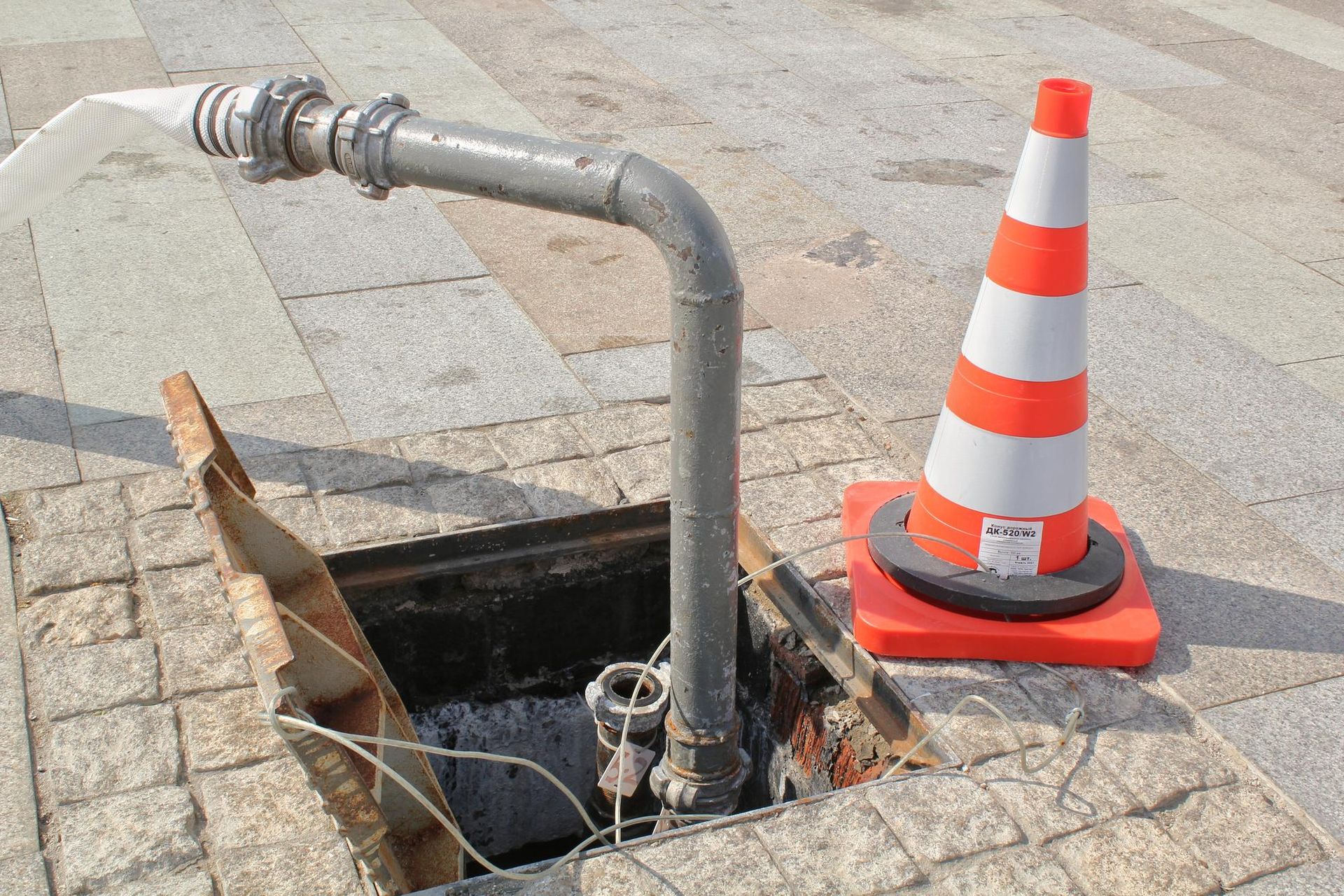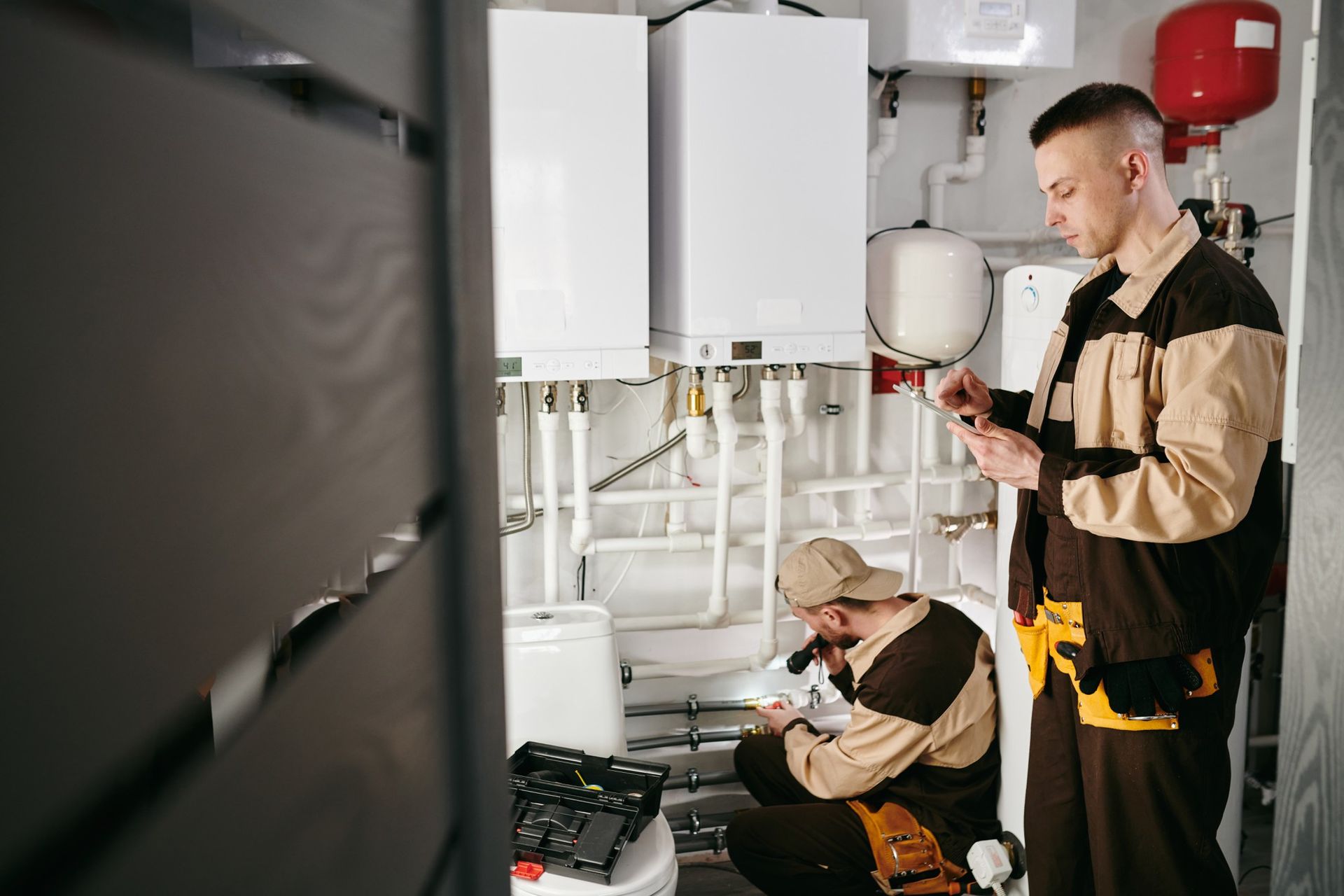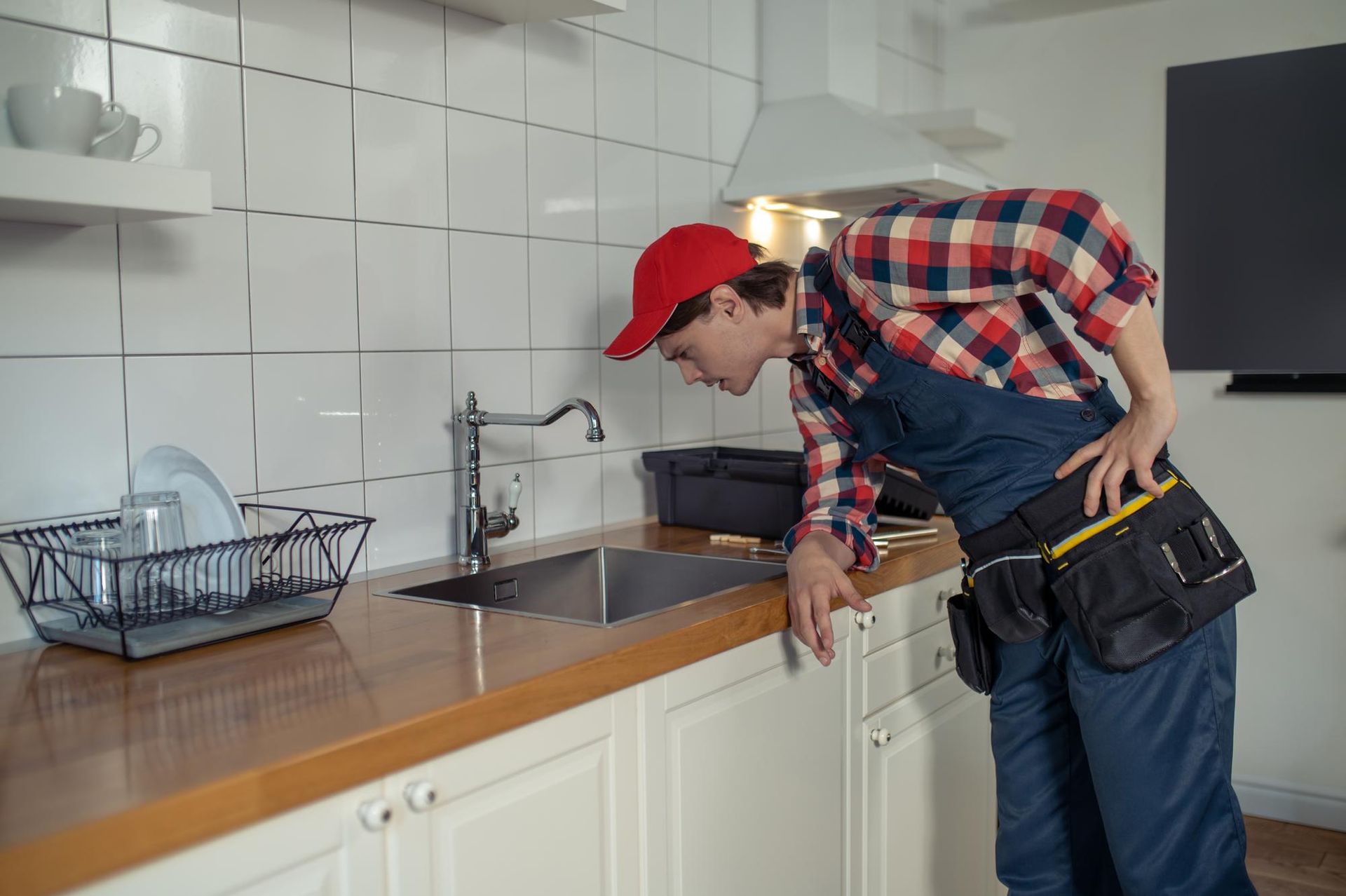Elijah@catoiletwhisperer.com
Call Us Now! (916) 796-9576
How to Detect and Repair Plumbing Frozen Pipes
Picture a freezing winter morning when you desperately need a warm shower to kickstart your day, but instead, you're greeted with an unwelcome surprise - a lack of water. The culprit? Plumbing frozen pipes. Dealing with frozen pipes can be a daunting task, but fear not! In this comprehensive guide, we will walk you through the steps to not only detect and repair plumbing frozen pipes but also prevent future freezing issues. So, let's dive right in and ensure that you're well-equipped to handle this winter plumbing challenge.
Understanding Frozen Pipes
Understanding why and how pipes freeze is crucial before we delve into detection and repair. When temperatures drop, water inside your pipes can turn into ice, causing pipes to expand and potentially burst. Signs of plumbing frozen pipes include reduced water flow, strange noises coming from the plumbing system, and even frost or condensation on pipes. Ignoring these signs can lead to significant damage and costly repairs down the line.
Detecting Frozen Pipes
Understanding that your pipes are frozen is the first step in addressing the issue. Here's an in-depth look at how to detect frozen pipes:
1. Turn on your faucets: When you suspect you have plumbing frozen pipes, the easiest and quickest way to check is to turn on your faucets. If only a slow trickle or no water comes out, there's a strong possibility that your pipes are frozen. The frozen section is likely between the faucet and the blockage.
2. Check exposed pipes: Examine any visible pipes in unheated areas such as basements, crawl spaces, or attics. Look for signs of frost or ice on the exterior of the pipes. This visual indicator can confirm your suspicions.
3. Use a thermometer: To be more precise in your diagnosis, use a thermometer to measure the temperature of pipes suspected to be frozen. If the temperature is near or below freezing (32°F or 0°C), it's a significant clue that the pipes may indeed be frozen. Keep in mind that different pipes in your home may freeze at different temperatures depending on their location and insulation.
4. Strange noises: Listen for unusual sounds emanating from your plumbing system. Plumbing frozen pipes can sometimes produce popping or cracking sounds as the ice inside them expands. These audible cues can help pinpoint the location of the freeze.
5. Observe water pressure: Another sign of frozen pipes is a sudden drop in water pressure. If you notice a significant reduction in water flow from your faucets or showerheads, it's likely that a section of your plumbing is frozen.
6. Smell: Odd odors can also indicate frozen pipes. When water can't pass through the pipes as it should, it may stagnate and produce a musty or foul odor. Be attentive to any unusual smells around your
plumbing fixtures.
Thawing Frozen Pipes
Once you've successfully detected plumbing frozen pipes, it's time to proceed with thawing. Here are more details on how to safely and effectively thaw frozen pipes:
1. Use a hairdryer: If you've pinpointed the frozen section, use a hairdryer set to a low or medium heat setting to gently warm the affected area. Move the hairdryer back and forth along the frozen pipe to distribute heat evenly. Be patient, as this method may take some time.
2. Wrap pipes with heat tape:
Electric heat tape is an effective tool for thawing pipes. Simply wrap the tape around the frozen section, and it will emit a steady, controlled heat to melt the ice. Follow the manufacturer's instructions carefully for safe use.
3. Apply hot water: Another method is to soak towels or rags in hot water and wrap them around the frozen section of the pipe. Pouring hot water directly over the pipe can also help expedite the thawing process. Ensure you have a bucket or towels in place to catch dripping water.
4. Avoid common mistakes: While thawing frozen pipes, it's crucial to exercise caution and avoid common mistakes. Do not use open flames or excessive force, as these can damage the pipes further. Always keep safety in mind and be prepared for some dripping water as the ice melts.
Thawing frozen pipes requires patience and care. Monitor the process closely and take your time to ensure that the ice within the pipes melts gradually, preventing any further damage. In the next section, we'll explore how to repair pipes that may have been damaged by freezing.
Repairing Damaged Pipes
After successfully thawing plumbing frozen pipes, it's important to assess any damage that may have occurred. Here's an in-depth look at how to repair damaged pipes:
1. Assess the damage: Carefully inspect the section of the pipe that was frozen. Look for cracks, fissures, or any signs of physical damage. If the pipe has burst or there are extensive cracks, it will need immediate attention.
2. DIY patching: For minor cracks or small holes, you can attempt a DIY patch using epoxy putty. Ensure the pipe is clean and dry, then follow the instructions on the epoxy putty packaging. Pipe repair clamps are another option for sealing minor leaks. Make sure to follow the manufacturer's guidelines for these products.
3. Replacing damaged sections: If the damage is significant or the pipe is beyond repair, you may need to replace the affected section entirely. Measure the length of the damaged area, turn off the main water supply, and use a pipe cutter or hacksaw to remove the damaged portion. Install a new piece of pipe and secure it with appropriate fittings and soldering, if necessary. Consider seeking professional assistance if you're uncomfortable with this task.
4. Calling a professional plumber:
In cases of extensive damage, multiple burst pipes, or if you're unsure about the extent of the damage, it's wise to call a professional plumber. They have the expertise and equipment to handle complex repairs and ensure your plumbing system is safe and functional.
Remember that repairing plumbing frozen pipes may not always be a one-size-fits-all solution. The approach you take will depend on the extent of the damage and your own DIY skills. Quick action is key to minimizing water damage to your home.
Preventing Future Freezing
Preventing future occurrences of plumbing frozen pipes is crucial to maintain the integrity of your plumbing system. Here are detailed preventive measures to keep in mind:
1. Tips for winterizing your plumbing: Before winter arrives, take steps to winterize your plumbing system. Disconnect garden hoses from outdoor faucets and drain them. Shut off and drain the sprinkler system. Insulate outdoor faucets and any exposed pipes.
2. Insulating pipes: Apply pipe insulation sleeves or wrap pipes with foam insulation tape, especially in unheated areas like basements, crawl spaces, or attics. Pay special attention to pipes along exterior walls.
3. Using pipe heaters:
Electric pipe
heaters
are designed to provide continuous warmth to vulnerable pipes. Install them in areas where pipes are prone to freezing, and follow the manufacturer's instructions for safe usage.
4. Keeping a consistent thermostat setting:
Maintain a consistent indoor temperature, even when you're away from home. It's recommended to keep your thermostat set at or above 55 degrees Fahrenheit (12 degrees Celsius) during cold spells. This helps prevent plumbing frozen pipes when you're not there to monitor them.
5. Insulate your home: Adequate home insulation is not only energy-efficient but also plays a significant role in
preventing plumbing frozen pipes.
Ensure your home is well-insulated, including walls, ceilings, and floors. Seal any gaps or cracks in your home's insulation to prevent cold air from reaching your pipes.
By diligently following these preventive measures, you can significantly reduce the risk of plumbing frozen pipes during the winter months. Proper maintenance and proactive steps will keep your plumbing system running smoothly and your home protected from the damaging effects of frozen pipes.
Maintenance and Long-Term Solutions
Regular maintenance is essential to keep your plumbing in top shape. Here's what you can do:
- Regularly check for vulnerable areas: Inspect your plumbing system for any gaps, cracks, or areas prone to freezing.
- Properly sealing gaps and cracks: Seal any gaps or cracks in your home's insulation to prevent cold air from reaching your pipes.
- When to seek professional advice: If you're unsure about any aspect of your plumbing or suspect a hidden issue, consult a professional plumber.
- The importance of insulating your home: Adequate home insulation can significantly reduce the risk of plumbing frozen pipes and lower your energy bills.
Conclusion
Plumbing frozen pipes can be a homeowner's nightmare during the winter months. However, armed with knowledge on how to detect, repair, and prevent frozen pipes, you can tackle this challenge head-on. Remember to act promptly when you notice signs of frozen pipes, and don't hesitate to seek professional help when needed. By taking these precautions and following our guidelines, you'll ensure your plumbing system stays in excellent condition, even when the mercury drops.
For residents of Davis, CA, we recommend reaching out to "The Toilet Whisperer" at
(916) 796-9576. Their expertise and prompt service make them the best choice in the area for addressing plumbing issues, including plumbing frozen pipes. Stay warm, stay prepared, and enjoy a worry-free winter with the assistance of "The Toilet Whisperer"!
FAQ’s
-
Can I use a space heater to thaw frozen pipes?
While it's possible to use a space heater, it's generally not recommended due to the fire hazard it poses. Hairdryers, heat tape, and hot water are safer methods for thawing pipes.
-
How long does it take to thaw frozen pipes?
The time it takes to thaw frozen pipes depends on various factors, including the extent of freezing and the method used. It can take anywhere from 30 minutes to several hours. Be patient and monitor the process closely.
-
What should I do if my pipes burst due to freezing?
If your pipes have burst, turn off the main water supply immediately to prevent further flooding. Then, contact a professional plumber to assess the damage and perform necessary repairs.
-
Can I prevent frozen pipes in an older home?
Yes, you can take preventive measures in older homes as well. Insulate pipes in unheated areas, seal gaps and cracks in insulation, and use pipe heaters or heat tape to protect vulnerable pipes.
-
How can I prevent frozen pipes when I'm away on vacation during the winter?
Before leaving, set your thermostat to a temperature above freezing, typically around 55 degrees Fahrenheit (12 degrees Celsius). Allow faucets to drip slightly to keep water flowing and prevent freezing. It's also a good idea to have a neighbor or friend check on your home periodically while you're away.
Tell us how we can help!
We will get back to you as soon as possible
Please try again later
Get in Touch Today
An honest plumbing company that you can trust. Reach out today and we will help you with all your plumbing needs!
Quick Links
All Rights Reserved | The Toilet Whisperer

